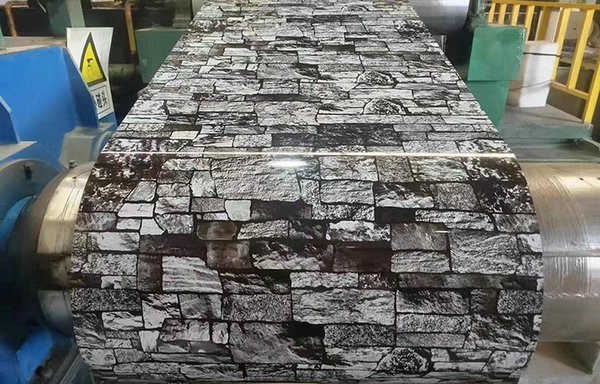 Language
▼
Language
▼
More Language
Gi coils is a steel product with a layer of zinc coating on its surface, mainly used to improve the corrosion resistance and extend the service life of steel. Whether it meets the required standards can be comprehensively considered from the following aspects:
2. Electrogalvanizing: The thickness of the zinc layer is usually between 5-20 μ m, which is suitable for occasions with high requirements for surface quality. Magnetic thickness gauges or eddy current thickness gauges can also be used for measurement, but it is important to choose the appropriate measurement range and accuracy.

3. No damage: Gi coilss should be protected from scratches, dents, and other damages during transportation and storage.
Mechanical performance is an important indicator for measuring the strength and toughness of gi coils. Testing can be conducted through methods such as tensile testing and impact testing. Qualified gi coils should meet corresponding mechanical performance standards to ensure that they can withstand certain loads and impacts during use.
Chemical composition is one of the key factors affecting the performance of gi coils. The chemical composition of gi coils can be detected through methods such as spectral analysis and chemical analysis. Qualified gi coils should meet the corresponding chemical composition standards to ensure good corrosion resistance and other properties.
China galvanized plate manufacturer: Boxing Shuangshengda Steel specializes in galvanized sheet, galvanized steel plate,Colour steel plate etc.We have a full range of product specifications and types, low prices, and more than 20 years of experience, worthy of your trust